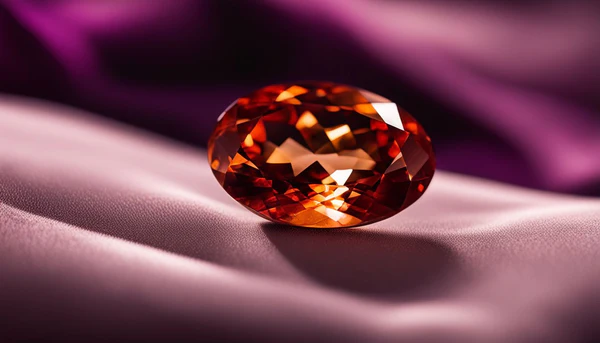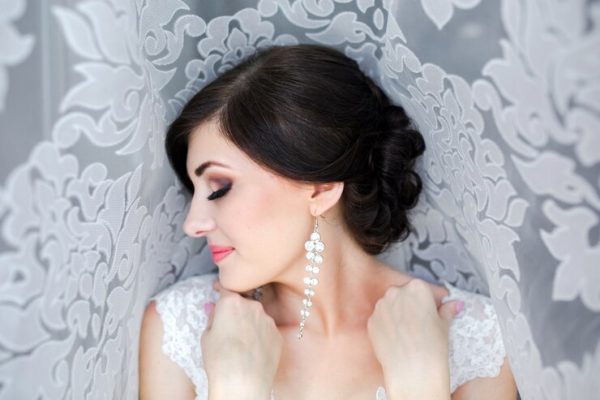“But everyone wears high heels!” “My boss says I have to wear high heels?” “My boyfriend says my high-heeled feet are really sexy …”
There is a lot of social pressure for women to wear footwear that actually hurts. Really, does anyone ever say “I wear my heels around the house all the time. They’re just like slippers”?
Many women wear heels because it makes them feel good about themselves. Women have been socialized in this way. Wearing high heels adds height, gives an appealing shape to the legs and allows many wardrobe options. And, yes, they have been a fashion staple for centuries.
What could possibly be wrong with wearing high heels? You’re about to find out.
Wearing High Heels for Pleasure and Pain
There actually are quite a few high heels problems that can occur. Here are some examples:
Lower Back Pain
Yes, that is your lower back that’s aching at the end of a long work day. Go ahead, blame your boss. All that bending over to set heavy trays on restaurant tables, all those errands your boss makes you do at the office, all that work!
We get it. But really, that isn’t why your back is aching–at least not the whole reason. You’re feeling the effects of wearing high heels. They are really doing a number on your back (and other parts of your body, as well–which we’ll discuss below).
Jill Brown of Huffpost.com explains that “wearing heels causes the lower back to arch more than normal because the body weight is pushed forward. To compensate, the upper body has to lean back to maintain balance. This puts extra stress on the discs. Ouch!
Brown says further that “in addition to the extra strain on your back and knees, the calf muscles can also shorten and the tendons can get tighter and thicker. But wait, there’s more!
Hips and Knees: Hot Spots for Osteoarthritis
The anatomical wear and tear discussed by Brown can affect the lower half of the body quite profoundly.
Let’s take the hips. “In osteoarthritis, the cartilage in the hip joint gradually wears away over time. As the cartilage wears away, it becomes frayed and rough, and the protective joint space between the bones decreases. This can result in bone rubbing on bone.” It can be painful, with the pain worsening over time.
And now, the knees. Terence Vanderheiden, DPM writes for verywell.com that knee osteoarthritis is twice as common in women than men. “Much of that blame can be placed squarely on the use of high heels.” He further says that “the medial (inner) knee, a common site of osteoarthritis.”
Would you like to learn more about the dangers of high heels to the hips and knees, and the accompanying risk of osteoarthritis?
Ankle sprains, even foot fractures
Dr. Neal Blitz, a contributor to huffpost.com, points out that the types of injuries caused by wearing high heels really could occur in any kind of footwear–except that it’s easy to lose balance in pointy footwear, get the heel caught in a sidewalk crack, etc.
Blitz says: “The problem with the high heel foot fracture is two-fold. Patients may not appreciate the severity of the injury (so they neglect to seek out medical care), and the injury can go undetected by health care professionals.”
According to PTinmotion.com, “the number of injuries related to high-heeled shoes nearly doubled between 2002 and 2012, to 8.83 per 100,000.” Would it surprise you to find out that many of these are injuries from falls due to high-heeled feet?
Podiatrists Dr. James Morrow and Dr. Bill Shamsi say that “having your foot in a flexed position for extended periods of time every day can also weaken your ankle joint,” possibly leading to sprains.
Other Damage to Your Feet
You’ve been waiting for this rather obvious one, right? Like a back injury, foot damage can cause a great deal of discomfort. At some point in your life, you might regret your younger footwear choices with every step you take.
What are the consequences of wearing high heels to the feet themselves? Here are some:
- Callouses and corns
- Bunions
- Tendinitis
- Ingrown toenails
- Hammer toes
Like back problems, foot damage is something that could take multiple surgeries to correct, and might never resolve completely.
How to Reduce Your Risk of Pain or Injury from Wearing High Heels
if you must wear heels, here are some recommendations from St. Elizabeth Healthcare, WVU Medicine, and others about how to do it wisely:
- Choose an appropriate heeled shoe–one with a two-inch heel, and enough room for all your toes. Note that wedge heels generally support more of the foot and ankle than tapered or stiletto heels.
- Wear the correct size–Your toes or heel should not be off the end of the shoe. If you shop online, make sure the store has a generous return policy so you can return them and get the right size.
- Cushion the balls of your feet.
- Change into comfortable shoes for your commute–especially if it involves a fair amount of walking. Besides, you wouldn’t want to ruin your good shoes, especially if the weather is bad.
- Exercise to keep your feet (and the rest of you) resilient and in good health. Try some foot stretches specifically recommended for heel wearers.
From Then to Now
Did you know that high heels were first worn by men? Yes, it seems France’s Louis XIV wore high-heeled shoes to augment both his height and his status. It was not much later that higher-class women too adopted the high-heeled look. Today, of course, it is almost (but not quite) exclusively women who wear heels.
The first recorded instance of a high heeled shoe being worn by a woman was by Catherine de Medici in the 16th century. She was an exemplar of this fashion statement–though also among the last to make the statement.
It’s been said that women wearing high heels exude a certain kind of feminine power– one that men don’t have and probably don’t want. This power lies in the sort of symbolic sexuality that women portray through their bodies when wearing heels.
Does this make women in heels symbols of power or sexual attraction? Some women believe it can mean both at the same time.
A 2014 study found that men are more likely to be helpful to women in high heels. The same study found that “men may associate women who wear high heels with sexual intent.”
If you are concerned about high heel foot damage, as well as the damaging social expectations these shoes help perpetuate, you should stop wearing them yourself. Share the news with others as well. It’s time to abandon the idea that women should be expected to wear painful high heels, along with all the other sexism still embedded in cultural norms.





